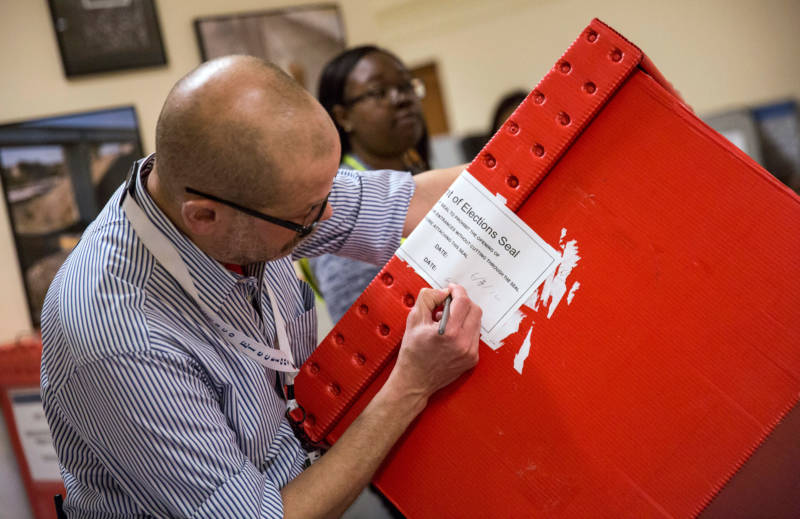It's getting easier to cast a ballot in California. You can mail your ballot in, drop it off at a polling location or visit a voting booth. But all that flexibility comes with a price -- it takes longer to get final voting results.
Vince Hall is executive director of Future of California Elections, a nonprofit focused on expanding voter participation and improving elections in the state.
"We are moving toward a system that is more inclusive and more accessible," Hall says. "Unfortunately, the consequence of that is complexity."
An increasing number of voters are choosing the vote-by-mail option. In the 2014 general election about 60 percent of ballots were cast that way. And Hall says 100 percent of the vote-by-mail ballots received have to go through a signature verification process.
Additionally, a recent law allows ballots postmarked on Election Day to be counted up to three days after the election. Hall says that's all slowing down the counting process.

